In the last few weeks I've been emphasizing copper as a commodity which will boom, along with silver and gold, in response to the enormous creation of excess liquidity we are now witnessing. The current administration is following a policy of easy money to attempt a cure for symptoms of a debt-bingeing malady. Aside from extending jobless benefits, one of the few measurable results attributable to this practice has been the levitation of an already over-inflated stock market.
I'll admit, this life preserver is keeping a few drowning banks alive for the moment. That will change as the toxic asset rooster comes back to the rapidly-diminishing-in-value hen house to crow. Many banks - now merely sick and injured - will join the endangered species list. The FDIC is out of funds, and when the Bank of Phoenix and First National Bank of Dodo's go under, their will be no entity available to prevent their demise. More financial institution dinosaurs added to the ever-mounting bone pile.
Silver and Gold are already responding to the increased money supply. Such effects of rising prices to the cause - inflation - often lag the surge in liquidity by as much as eighteen months. But they are now making up for lost time. With the exception of occasional sharp retracements, Gold is making nominal highs on a regular basis, and silver is outperforming on a percentage basis. Copper will drink some of the spiked punch as well, and will share in the inebriation.
At this party, the host would like to convince you that saving pre-1982 copper cents is a great idea. Particularly suited to small investors, sorting cents from your change offers the same opportunity that pulling pre-1965 90% silver coins from circulation did forty-four years ago. But some readers are reluctant to embark on such a venture, for a number of reasons. Opponents to change would argue that you have to obtain pennies, sort them, return zincs, and sell the copper in order to profit.
You can't sell the copper, can you? Currently, melting pennies for their 95% copper content is illegal. However, that will change in the future, particularly when parties lobbying for abolishing the cent have their way. Even so, a market for those pennies now exists. Farsighted buyers - visionary investors - recognize the potential of this Gemini Coin; copper is both a commodity and a form of money. Sales of cents from websites such as The Copper Cave and The Portland Mint bear witness to this market.
What if you wanted a quick route to riches, rather than holding this form of hard metal as a means of purchasing-power-preserving wealth? Well, you could brainstorm and come up with some strokes of entrepreneurial genius. If you'd like to implement this suggestion, perhaps adding a finishing touch I hadn't considered, be my guest. This idea is not copyrighted and if someone displays the initiative, creativity, and start up capital required to succeed, then "you go get 'em, Gung Ho Guy!"
How about if you took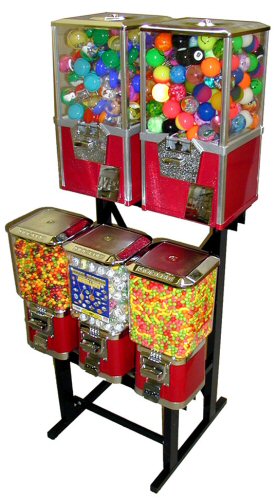 your piles of copper cents and began marketing them yourself? How would you do this? How about placing them for sale within vending machines? Remember those gumball machines that used to be ubiquitous? They were everywhere. You seldom see them now, so they're probably available at a discount from some liquidator's warehouse. You could obtain a number of them and negotiate a small share of the profits with sites that would display them.
your piles of copper cents and began marketing them yourself? How would you do this? How about placing them for sale within vending machines? Remember those gumball machines that used to be ubiquitous? They were everywhere. You seldom see them now, so they're probably available at a discount from some liquidator's warehouse. You could obtain a number of them and negotiate a small share of the profits with sites that would display them.
Inside the glass container you would place plastic capsules with capacity sufficient to contain perhaps fifteen pennies. You could charge a quarter, thus providing a quick nominal 66% return. Of course, you would need to deduct your costs, including the price of the cents. Your margin would not be as great if you were to embellish the pot as I'm about to suggest. How would you entice an adult to purchase these items for a child? Appeal to their gambling instinct. Visually.
For the lowest cost, you could include a mixture of common cents direct from circulation, perhaps ensuring that there were at least fifty percent copper pennies mixed with the post-1982 zincs. In these capsules you could include scrip - like those in Chinese fortune cookies - which explained the composition of the cent, why the Mint changed that alloy when it did, and a short explanation of copper as a commodity, with properties similar to silver and gold in earlier times as circulating money. You could adapt this to teach children about money.
Presenting cents in this fashion, in encapsulated form, would lend emphasis to their worth. When you have to pay for something rather than have it handed to you, you value it more. Pennies would gain panache among the younger set. Parents would be able to introduce thier children to the fun hobby of copper cent coin sorting, and some would become interested in forming their own Lincoln cents collections. Children sharing their hobby at show and tell would gain a certain cachet.
You could color code each paper scrip; inside of clear plastic capsules this would lend each an individualistic air among the spectrum of variety. Children each have their own favorite colors. I could well imaging little Susie ,with her most winsome smile, entreating "No Daddy, I wanted the yellow one, buy me the yellow one," as she gazing imploringly. What father could resist? Even though he'd already spent all his quarters on the first three; he would most assuredly return to the checker for more.
You could have a color code key on the front of each Century of Cents coin dispenser. The code would reveal which particular hue of scrip would contain which era of wheaties, if they were included. This concept would work as well in existing Tractor Time Crane Toy and Candy Vending Machines. You would simply need to introduce your capsules into their enclosures. However, I do feel that there is an unfilled niche in the market for penny vending units that would be best served by a stand alone unit.
Children, and their parents, are human. Which makes them acquisitive. It's in our nature. Color coding the scrip - perhaps by age group with historical footnotes appropriate to various elementary school grade levels - would stimulate the avarice of these budding collectors. They would want the entire set. You need not be worried that sales might wane, as there are certainly many more than one important event to mark the passage of each year. When sales slowed, you could introduce Set 2 of The History of America scrip. The possibilities are mind-boggling.
You could also insert a wheat-backed penny to be included in each group of fifteen common date 1959 to 1981 cents. Lincoln cents minted from 1909 to 1958 are known as wheaties among collectors, and scarce specimens in good condition are prized by numismatists. You could "salt" a small percentage of capsules that would provide a sample of this range of dates. A little research on my part unearthed a large array of more common variety early and later date wheaties that would suffice.
You would first make use of all the wheaties you had discovered by sorting. But if you wished to supplement those cents, for under a dollar - many for less than fifty cents each - the following pennies could be purchased in "average circulated" condition: 1910, 1911, 1912, 1913, 1914, 1916, 1916-D, 1917, 1917-D, 1917-S, 1918, 1918-D, 1918-S, 1919, 1919-D, 1919-S, 1920, 1920-D, 1920-S, 1921, 1923, 1924, 1925, 1925-S, 1926, 1927, 1928, 1928-D, 1928-S, 1929, 1929-D, and 1929-S.
In fact, you'll find that you could obtain the remainder of the series up to 1958 for roughly ten cents - on average - with the only exceptions being the 1931-D, 1932, 1933, and the 1933-D. The letters following the year indicate the United States Mint branch at which they were made. D represents cents produced at Denver, and S represents cents produced at San Francisco. Those lacking a mint mark represent Philadelphia. You could include scarcer pennies, though I would not. You might even include an occasional silver dime to sweeten the pot.
Now let's dwell for a moment and think just how much fun it would be to include a short history lesson with the encapsulated coins? With nearly the entire gamut of years represented since the initiation of the Lincoln Cent into circulation, your field is fertile, limited only by your imagination. For example; 1919: this year is noted as the first to implement the constraints of prohibition - the banning of alcohol consumption - also referred to as The Noble Experiment. 1943: pennies were minted from steel as copper was preserved for shell casings during WWII.
Picture a family - having purchased a Century of Cents capsule from the penny dispenser after shopping - arriving home. Dad sets the groceries on the counter and unbags them. Mom puts out placemats, napkins, and silverware, then begins to prepare dinner. Four year old Johnny walks in and plops into a chair. He places his plastic container atop the table and rolls it around, eyeing the shifting contents covetously. He picks it up and jubilantly shakes the clacking sphere like a master martini mixer.
"Put the pennies down, Dear," Mom smiles affectionately at her son. "We'll look at those after dinner." "Awww, Ma," their little clone grumbles, "do I gotta?" Dad walks over and snatches the pennies away before the cacophony can trigger one of Mom's migraines. Dad surreptitiously sneaks a peek before Johnny has a chance to crack the egg. He is gratified to discover an old cent. The fortune-cookie-like tag reads 1927: Charles Lindbergh flew the Spirit of St. Louis across the Atlantic, the first solo non-stop flight.
Imagine - after dinner - the quality time that could ensue? "Look Son," Dad might say, "here's a 1976 Memorial cent. That's the year I was born." Johnny, entranced, would stare adoringly at his father, thinking "I wanna be just like him when I grow up." It is said that, nowadays, parents - of children aged 6 to 17 - spend only an average of 47 minutes a day talking with them. So why not reach them in their earlier formative years? Perhaps this could prove a catalyst for the rejuvenation of nuclear families. In fact, it might just bring change to America.
Buy Silver. Buy Gold. Save Copper. Start Now.
I'll admit, this life preserver is keeping a few drowning banks alive for the moment. That will change as the toxic asset rooster comes back to the rapidly-diminishing-in-value hen house to crow. Many banks - now merely sick and injured - will join the endangered species list. The FDIC is out of funds, and when the Bank of Phoenix and First National Bank of Dodo's go under, their will be no entity available to prevent their demise. More financial institution dinosaurs added to the ever-mounting bone pile.
Silver and Gold are already responding to the increased money supply. Such effects of rising prices to the cause - inflation - often lag the surge in liquidity by as much as eighteen months. But they are now making up for lost time. With the exception of occasional sharp retracements, Gold is making nominal highs on a regular basis, and silver is outperforming on a percentage basis. Copper will drink some of the spiked punch as well, and will share in the inebriation.
At this party, the host would like to convince you that saving pre-1982 copper cents is a great idea. Particularly suited to small investors, sorting cents from your change offers the same opportunity that pulling pre-1965 90% silver coins from circulation did forty-four years ago. But some readers are reluctant to embark on such a venture, for a number of reasons. Opponents to change would argue that you have to obtain pennies, sort them, return zincs, and sell the copper in order to profit.
You can't sell the copper, can you? Currently, melting pennies for their 95% copper content is illegal. However, that will change in the future, particularly when parties lobbying for abolishing the cent have their way. Even so, a market for those pennies now exists. Farsighted buyers - visionary investors - recognize the potential of this Gemini Coin; copper is both a commodity and a form of money. Sales of cents from websites such as The Copper Cave and The Portland Mint bear witness to this market.
What if you wanted a quick route to riches, rather than holding this form of hard metal as a means of purchasing-power-preserving wealth? Well, you could brainstorm and come up with some strokes of entrepreneurial genius. If you'd like to implement this suggestion, perhaps adding a finishing touch I hadn't considered, be my guest. This idea is not copyrighted and if someone displays the initiative, creativity, and start up capital required to succeed, then "you go get 'em, Gung Ho Guy!"
How about if you took
 your piles of copper cents and began marketing them yourself? How would you do this? How about placing them for sale within vending machines? Remember those gumball machines that used to be ubiquitous? They were everywhere. You seldom see them now, so they're probably available at a discount from some liquidator's warehouse. You could obtain a number of them and negotiate a small share of the profits with sites that would display them.
your piles of copper cents and began marketing them yourself? How would you do this? How about placing them for sale within vending machines? Remember those gumball machines that used to be ubiquitous? They were everywhere. You seldom see them now, so they're probably available at a discount from some liquidator's warehouse. You could obtain a number of them and negotiate a small share of the profits with sites that would display them.Inside the glass container you would place plastic capsules with capacity sufficient to contain perhaps fifteen pennies. You could charge a quarter, thus providing a quick nominal 66% return. Of course, you would need to deduct your costs, including the price of the cents. Your margin would not be as great if you were to embellish the pot as I'm about to suggest. How would you entice an adult to purchase these items for a child? Appeal to their gambling instinct. Visually.
For the lowest cost, you could include a mixture of common cents direct from circulation, perhaps ensuring that there were at least fifty percent copper pennies mixed with the post-1982 zincs. In these capsules you could include scrip - like those in Chinese fortune cookies - which explained the composition of the cent, why the Mint changed that alloy when it did, and a short explanation of copper as a commodity, with properties similar to silver and gold in earlier times as circulating money. You could adapt this to teach children about money.
Presenting cents in this fashion, in encapsulated form, would lend emphasis to their worth. When you have to pay for something rather than have it handed to you, you value it more. Pennies would gain panache among the younger set. Parents would be able to introduce thier children to the fun hobby of copper cent coin sorting, and some would become interested in forming their own Lincoln cents collections. Children sharing their hobby at show and tell would gain a certain cachet.
You could color code each paper scrip; inside of clear plastic capsules this would lend each an individualistic air among the spectrum of variety. Children each have their own favorite colors. I could well imaging little Susie ,with her most winsome smile, entreating "No Daddy, I wanted the yellow one, buy me the yellow one," as she gazing imploringly. What father could resist? Even though he'd already spent all his quarters on the first three; he would most assuredly return to the checker for more.
You could have a color code key on the front of each Century of Cents coin dispenser. The code would reveal which particular hue of scrip would contain which era of wheaties, if they were included. This concept would work as well in existing Tractor Time Crane Toy and Candy Vending Machines. You would simply need to introduce your capsules into their enclosures. However, I do feel that there is an unfilled niche in the market for penny vending units that would be best served by a stand alone unit.
Children, and their parents, are human. Which makes them acquisitive. It's in our nature. Color coding the scrip - perhaps by age group with historical footnotes appropriate to various elementary school grade levels - would stimulate the avarice of these budding collectors. They would want the entire set. You need not be worried that sales might wane, as there are certainly many more than one important event to mark the passage of each year. When sales slowed, you could introduce Set 2 of The History of America scrip. The possibilities are mind-boggling.
You could also insert a wheat-backed penny to be included in each group of fifteen common date 1959 to 1981 cents. Lincoln cents minted from 1909 to 1958 are known as wheaties among collectors, and scarce specimens in good condition are prized by numismatists. You could "salt" a small percentage of capsules that would provide a sample of this range of dates. A little research on my part unearthed a large array of more common variety early and later date wheaties that would suffice.
You would first make use of all the wheaties you had discovered by sorting. But if you wished to supplement those cents, for under a dollar - many for less than fifty cents each - the following pennies could be purchased in "average circulated" condition: 1910, 1911, 1912, 1913, 1914, 1916, 1916-D, 1917, 1917-D, 1917-S, 1918, 1918-D, 1918-S, 1919, 1919-D, 1919-S, 1920, 1920-D, 1920-S, 1921, 1923, 1924, 1925, 1925-S, 1926, 1927, 1928, 1928-D, 1928-S, 1929, 1929-D, and 1929-S.
In fact, you'll find that you could obtain the remainder of the series up to 1958 for roughly ten cents - on average - with the only exceptions being the 1931-D, 1932, 1933, and the 1933-D. The letters following the year indicate the United States Mint branch at which they were made. D represents cents produced at Denver, and S represents cents produced at San Francisco. Those lacking a mint mark represent Philadelphia. You could include scarcer pennies, though I would not. You might even include an occasional silver dime to sweeten the pot.
Now let's dwell for a moment and think just how much fun it would be to include a short history lesson with the encapsulated coins? With nearly the entire gamut of years represented since the initiation of the Lincoln Cent into circulation, your field is fertile, limited only by your imagination. For example; 1919: this year is noted as the first to implement the constraints of prohibition - the banning of alcohol consumption - also referred to as The Noble Experiment. 1943: pennies were minted from steel as copper was preserved for shell casings during WWII.
Picture a family - having purchased a Century of Cents capsule from the penny dispenser after shopping - arriving home. Dad sets the groceries on the counter and unbags them. Mom puts out placemats, napkins, and silverware, then begins to prepare dinner. Four year old Johnny walks in and plops into a chair. He places his plastic container atop the table and rolls it around, eyeing the shifting contents covetously. He picks it up and jubilantly shakes the clacking sphere like a master martini mixer.
"Put the pennies down, Dear," Mom smiles affectionately at her son. "We'll look at those after dinner." "Awww, Ma," their little clone grumbles, "do I gotta?" Dad walks over and snatches the pennies away before the cacophony can trigger one of Mom's migraines. Dad surreptitiously sneaks a peek before Johnny has a chance to crack the egg. He is gratified to discover an old cent. The fortune-cookie-like tag reads 1927: Charles Lindbergh flew the Spirit of St. Louis across the Atlantic, the first solo non-stop flight.
Imagine - after dinner - the quality time that could ensue? "Look Son," Dad might say, "here's a 1976 Memorial cent. That's the year I was born." Johnny, entranced, would stare adoringly at his father, thinking "I wanna be just like him when I grow up." It is said that, nowadays, parents - of children aged 6 to 17 - spend only an average of 47 minutes a day talking with them. So why not reach them in their earlier formative years? Perhaps this could prove a catalyst for the rejuvenation of nuclear families. In fact, it might just bring change to America.
Buy Silver. Buy Gold. Save Copper. Start Now.



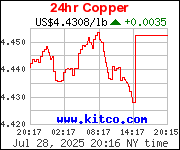


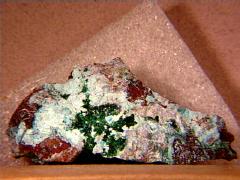

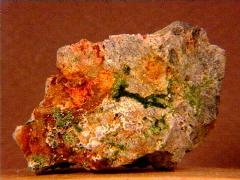
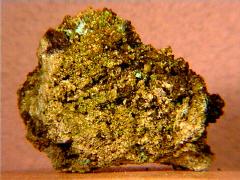
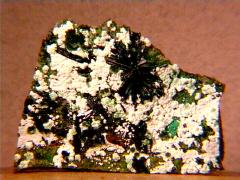
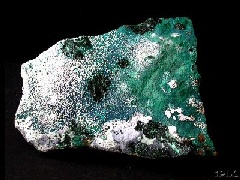


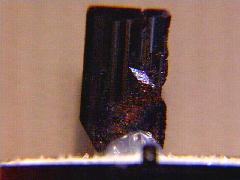
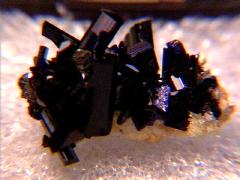
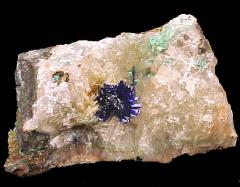


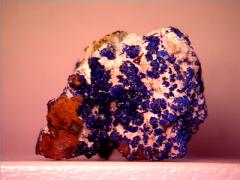






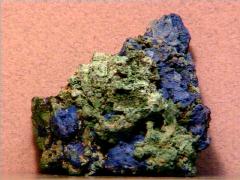

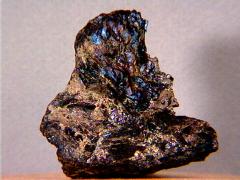




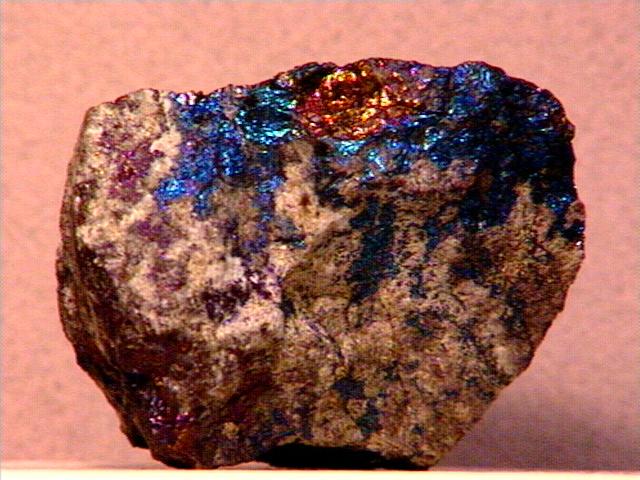


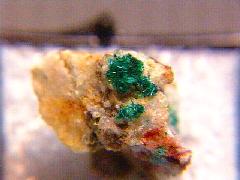
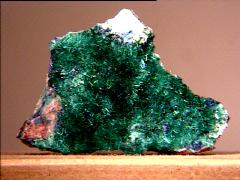






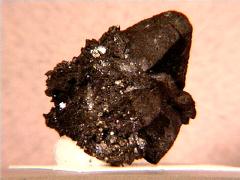
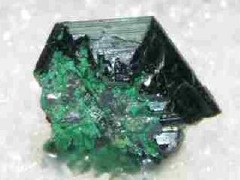
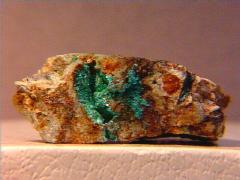

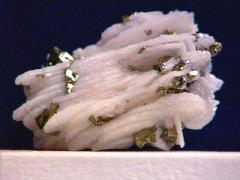
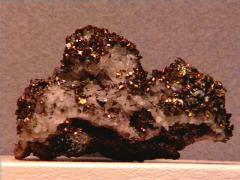

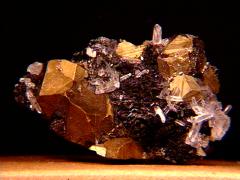
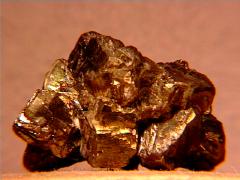




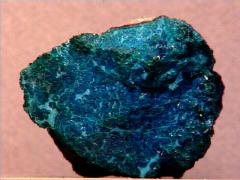
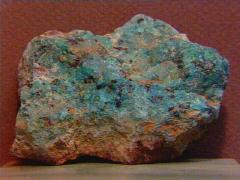


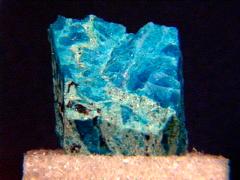
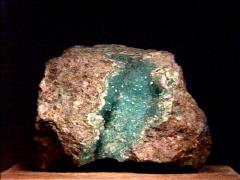
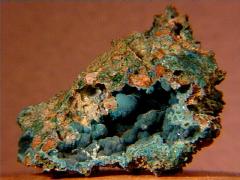
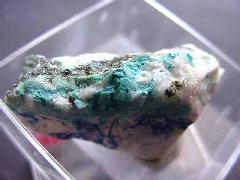
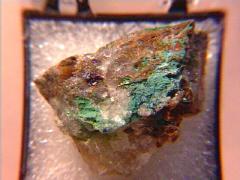

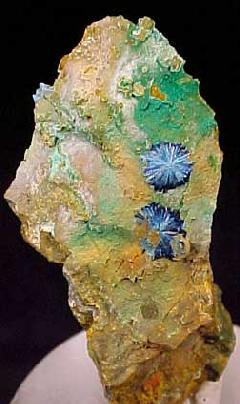
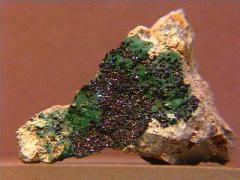

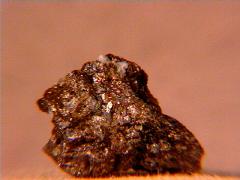
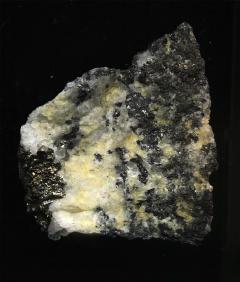



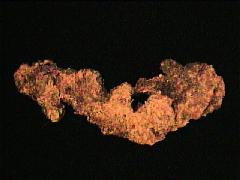


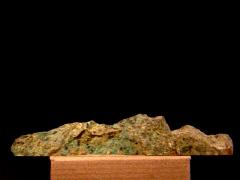



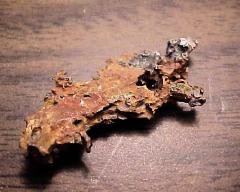
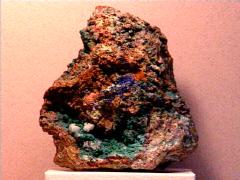


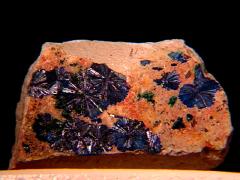
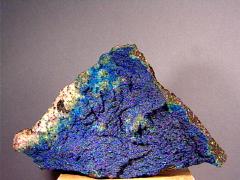

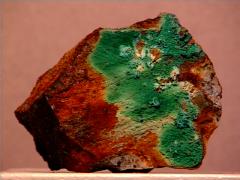


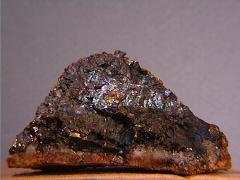
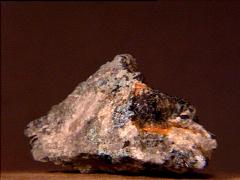


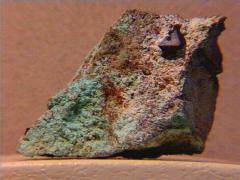


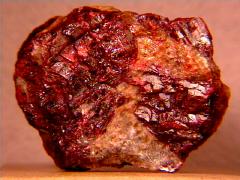
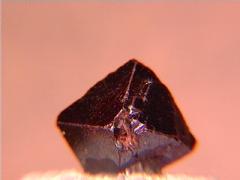

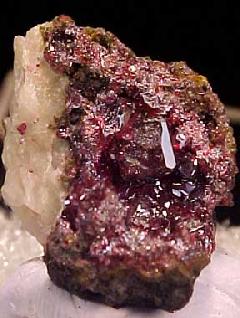


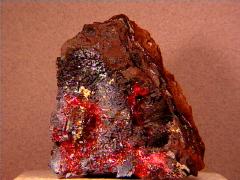


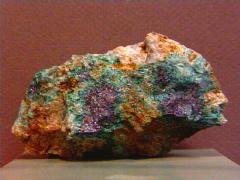

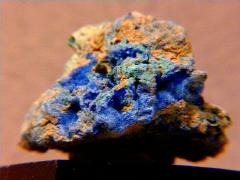

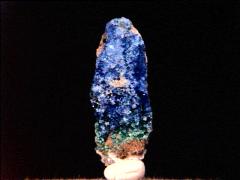




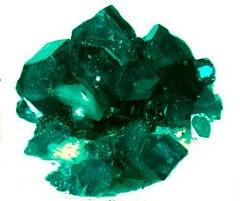



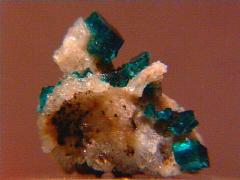








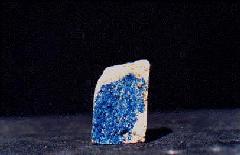


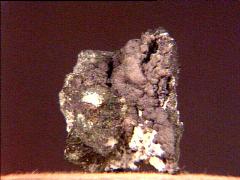
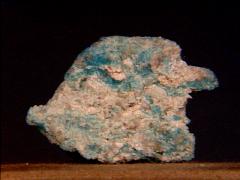
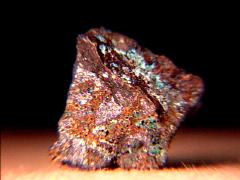





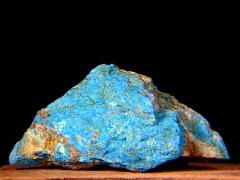

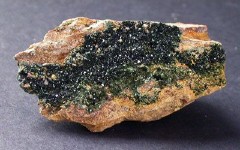


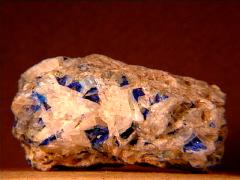
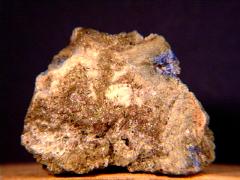


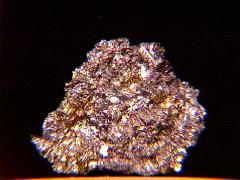
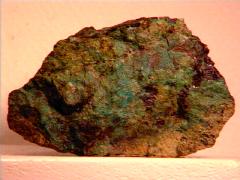
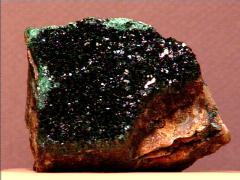
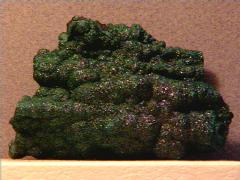




No comments:
Post a Comment